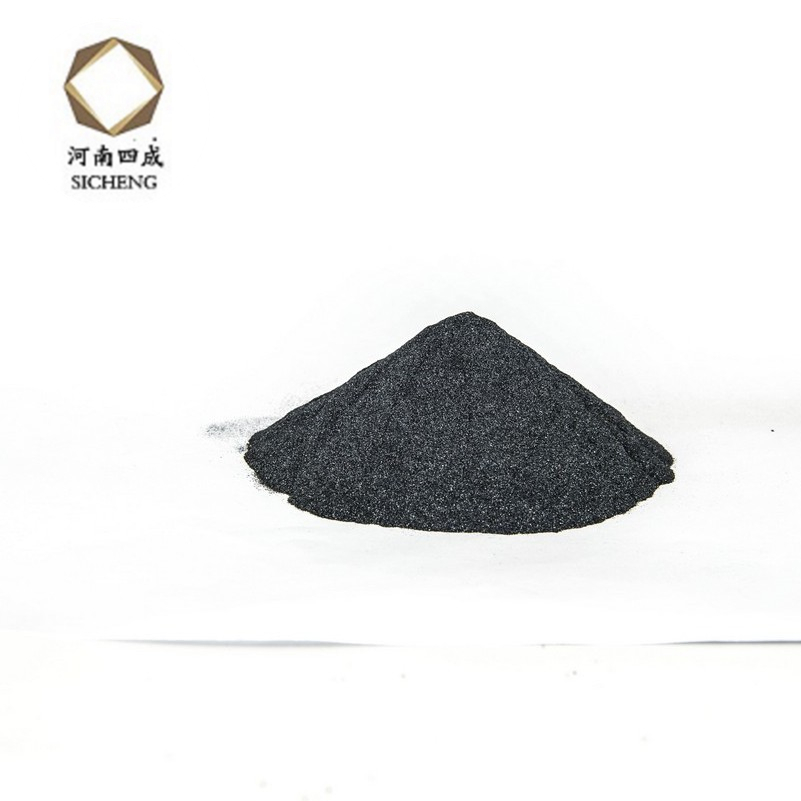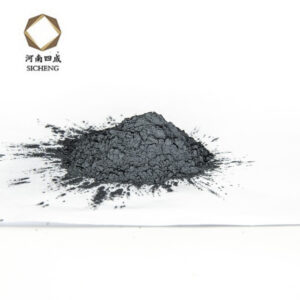Production of silicon carbide
Silicon carbide can be found in the mineral moissanite, but it is rarely found in nature. It is synthetically produced by a synthesizing technique called the Acheson method. Pure silica (SiO2), or quartz sand, and finely ground petroleum coke (carbon) are mixed and heated in an electric resistive furnace to an elevated temperature of around 1700 to 2500°C. Here below is the primary chemical reaction resulting in the formation of ɑ-SiC:
SiO2+3C=SiC+CO
Silicon carbide develops a cylindrical ingot around the core, forming layers of coarse crystalline. Based on the raw material quality, the SiC can be produced as either green or black. The SiC ingots are then sorted and processed for the specific application they are intended for. They may be crushed, milled, or chemically treated to achieve the properties required for utilization.
Applications of silicon carbide
The excellent combination of properties that silicon carbide has is found to be a promising material option for high-temperature and wear-resistant applications.
- Abrasive material
Silicon carbide powders are utilized for abrasive machining processes such as grinding, sandblasting, and water-jet cutting. SiC can be laminated in paper, cloth, or wood to produce a frictional grip. It can also be used for shaping, honing, and polishing other materials. - High-temperature gas sensor
Silicon carbide is used as a sensing device in chemical production and in turbine or engine testing industries to detect flammable and combustible gases in harsh, high-temperature, and corrosive environments. - Electronics
Silicon carbides are used as semiconductors in many circuit elements due to their high voltage resistance. SiC’s voltage resistance is ten times higher than that of ordinary silicon and even performs better than gallium nitride in systems that exceed 1000V. As such, SiC proves valuable in developing electric vehicles, solar power inverters, and sensor systems.









Henry (verified owner) –
The product is firmly packed.